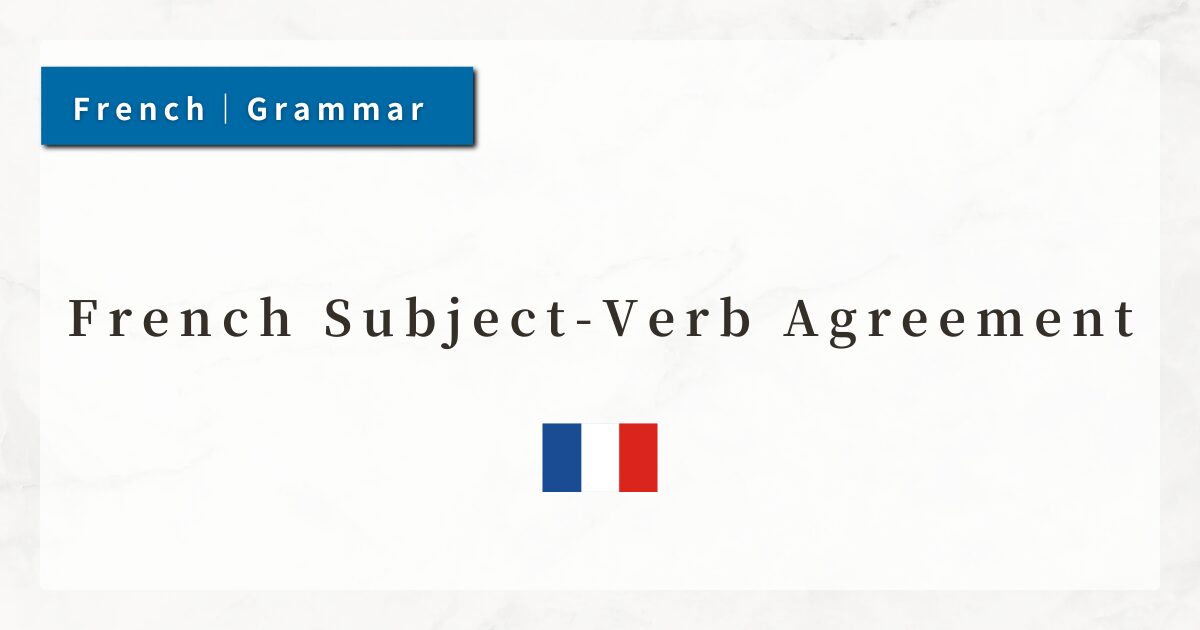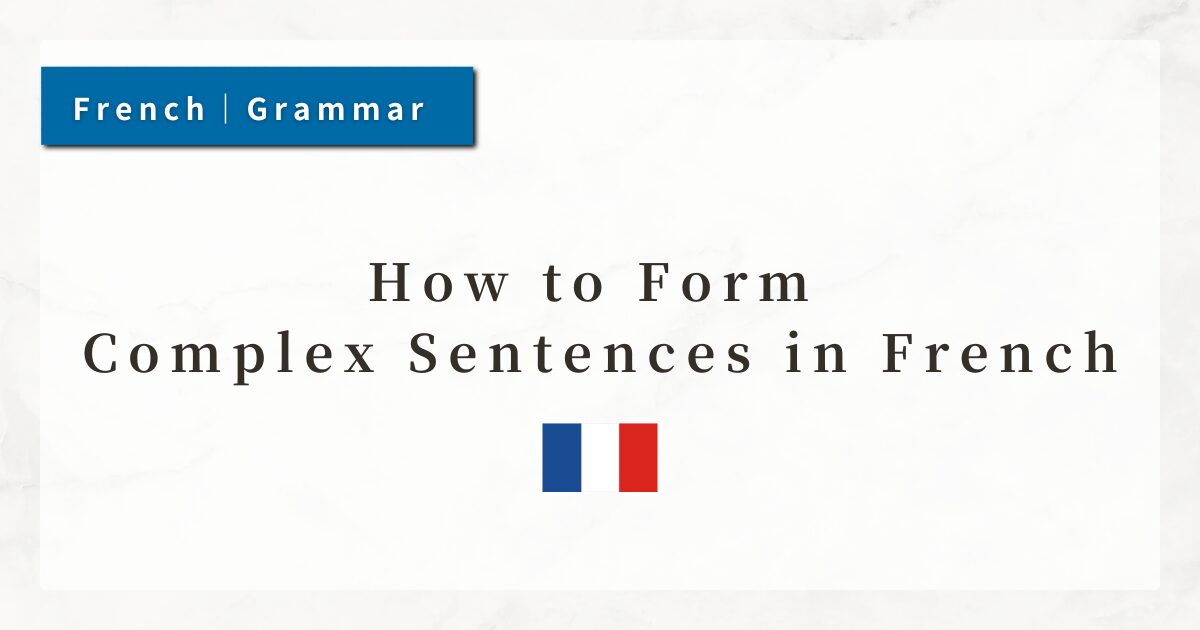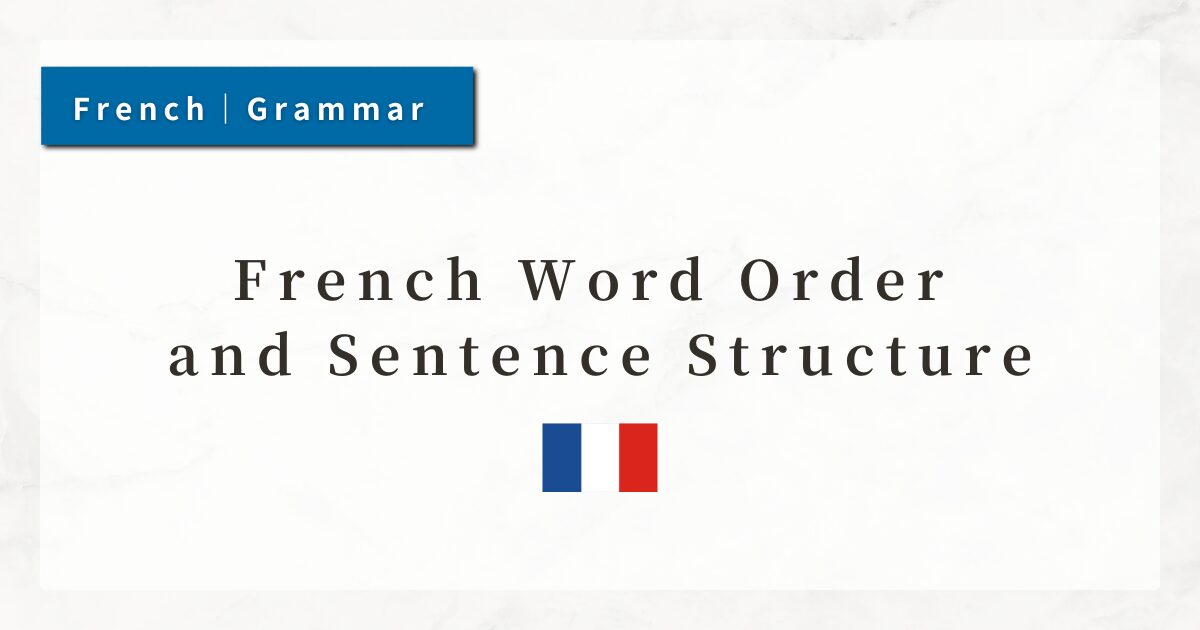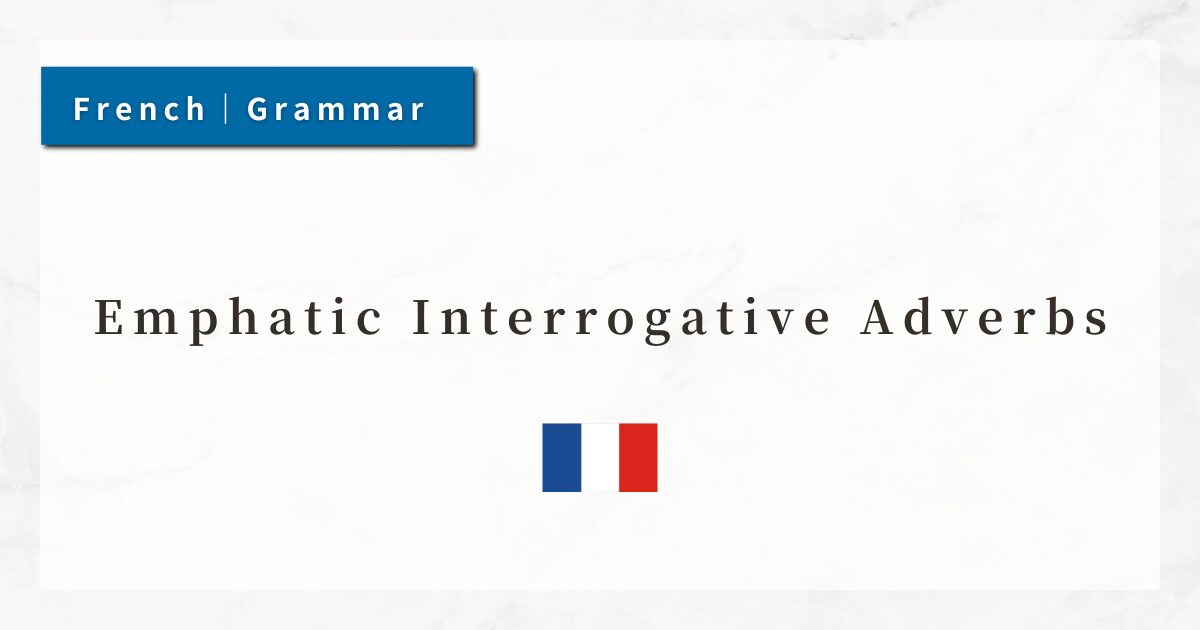#26 Using avoir vs être in the French Passé Composé | Verb-Specific Examples
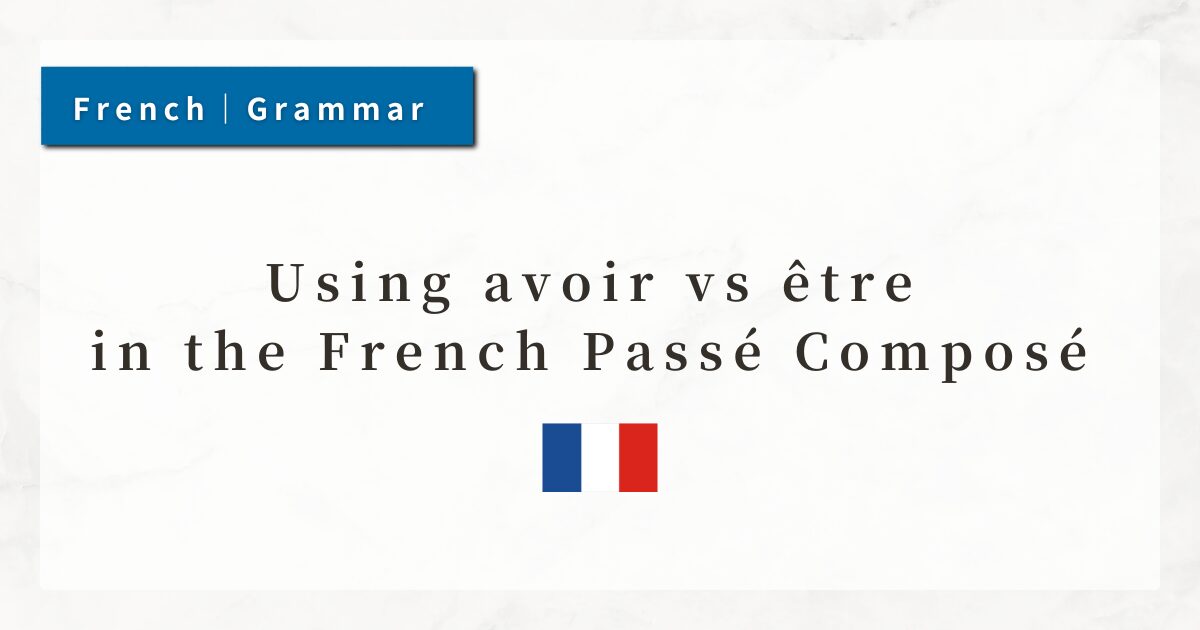
One of the most common ways to express the past in French is the passé composé, which is formed with an auxiliary verb plus the past participle.
There are two auxiliary verbs used in this construction: avoir and être. Which one to use depends on the verb.
In this lesson, I will explain the rules for choosing between être and avoir, the reasons behind them, and introduce the main verbs through concrete examples.
1. Basics of the Passé Composé
The passé composé is one of the most frequently used tenses to describe past events in French.
It is close in meaning to the English form “I have eaten”, and is used to express past events that are connected to the present, or past actions whose results remain relevant now.
The passé composé is formed with: auxiliary verb (être / avoir in the present tense) + past participle. In most cases, the auxiliary verb is avoir. However, certain verbs expressing movement or change of state, as well as reflexive verbs, require être.
2. Verbs That Take avoir: Focus on Actions
Verbs that take avoir typically describe actions performed or completed by the subject.
Most verbs that take avoir are transitive verbs (those that take a direct object).
- Tu as fini ton travail.
(You finished your work.)
→ Completed action (fini) → avoir is used. - Ils ont regardé un film.
(They watched a movie.)
→ Action of watching → avoir is used. - J’ai ouvert la porte.
(I opened the door.)
→ Action with an object (la porte) → avoir is used.
3. Characteristics of Verbs That Take avoir
3-1. Verbs Expressing Actions
Examples: parler (to speak), manger (to eat), regarder (to watch), finir (to finish).
3-2. Transitive Verbs Taking a Direct Object
Examples:
- Elle a lu un livre.
(She read a book.)
→ un livre is the object.
4. Verbs That Take être: Focus on Change of State
Verbs that require être are limited. They generally indicate that the subject is moving, changing state, or undergoing some transformation.
- Elle est arrivée à l’heure.
(She arrived on time.)
→ The subject reached a location = change of state
→ être is used. - Nous sommes montés dans le train.
(We got on the train.)
→ Indicates physical movement
→ être is used.
In short, verbs that describe “movement” or “change” tend to require être.
5. Characteristics of Verbs That Take être
5-1. Verbs of Movement
Examples: aller (to go), venir (to come), partir (to leave), arriver (to arrive).
5-2. Verbs of Existence or Change of State
Examples: naître (to be born), mourir (to die), tomber (to fall).
5-3. Reflexive Verbs (se~)
Reflexive verbs also take être.
- Je me suis levé.
(I got up.) - Elle s’est lavée.
(She washed herself.)
6. Agreement of the Past Participle with être
When the auxiliary is être, the past participle must agree in gender and number with the subject.
| Subject | Example | Past Participle |
|---|---|---|
| Masculine singular | Il est allé. | allé |
| Feminine singular | Elle est allée. | allée (-e added) |
| Masculine plural | Ils sont allés. | allés (-s added) |
| Feminine plural | Elles sont allées. | allées (-es added) |
When the auxiliary is avoir, the past participle normally does not change, regardless of the subject’s gender or number.
- Elle a mangé une pomme.
(She ate an apple.) - Ils ont regardé la télévision.
(They watched television.)
Exception with avoir : If a direct object precedes the past participle, agreement is required.
- La pomme qu’elle a mangée.
(The apple that she ate.)
→ mangée agrees with the feminine noun “la pomme.”
7. Summary
- The passé composé is formed with “auxiliary verb + past participle.”
- Most verbs take avoir, but verbs of movement, change of state, and reflexive verbs take être.
- With être, the past participle agrees with the subject in gender and number.
- With avoir, the past participle generally does not change, except when a preceding direct object requires agreement.

